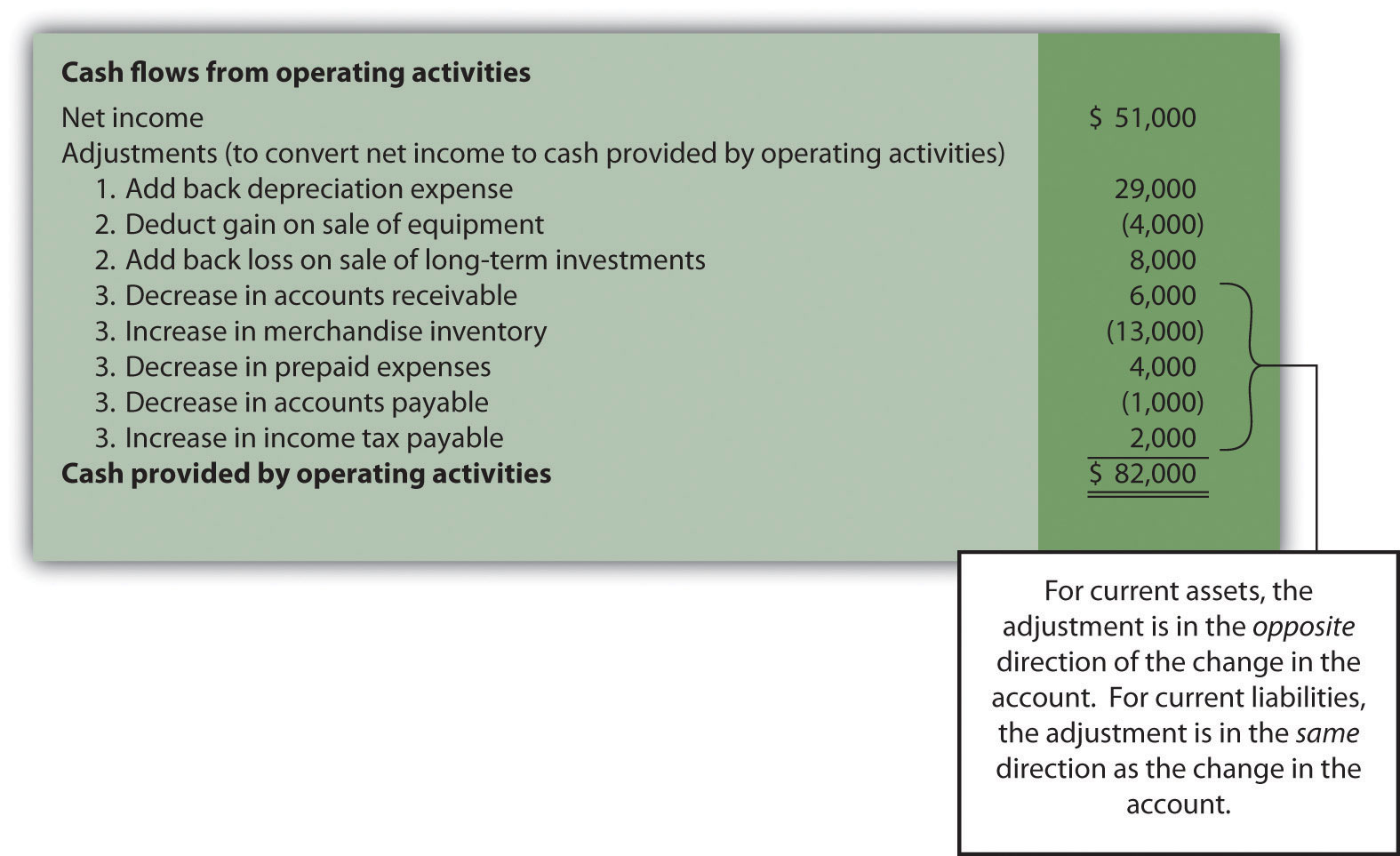
Intuit accepts no responsibility for the accuracy, legality, or content on these sites.Bookkeeping for any business is a complicated process, with calculations involving transactions that have both been carried out or those that must be completed in the future. Intuit does not endorse or approve these products and services, or the opinions of these corporations or organizations or individuals. We provide third-party links as a convenience and for informational purposes only. Readers should verify statements before relying on them.
#Statement of cashflows decrease in accounts receivable free#
does not warrant that the material contained herein will continue to be accurate nor that it is completely free of errors when published. Accordingly, the information provided should not be relied upon as a substitute for independent research. does not have any responsibility for updating or revising any information presented herein. No assurance is given that the information is comprehensive in its coverage or that it is suitable in dealing with a customer’s particular situation. Applicable laws may vary by state or locality. Additional information and exceptions may apply. This content is for information purposes only and should not be considered legal, accounting, or tax advice, or a substitute for obtaining such advice specific to your business. Here are the main differences between the two methods:

The report then makes adjustments to reconcile net income to net cash flow from operations. The indirect method for cash flow from operations begins with net income.The direct method refers to assigning cash inflows and outflows to the operations section by reviewing the firm’s cash account and line items of major transactions.You can calculate operating cash flow using the direct or indirect method:

Share the ending balance: Combine the totals from your operating activities, investing activities, and financing activities calculations to achieve your end balance for this reporting period.Ī cash flow statement lists the cash inflows and outflows of cash for a period of time, and the ending cash balance is the same dollar amount reported on the balance sheet. This includes debt payments, equity, and fundraising.ĥ. Calculate financing activities: Share any funding or financing you receive here. This includes land, vehicles, and equipment.Ĥ. Calculate investing activities: Report any earnings or losses from company assets here. Calculate operating activities: Subtract all your operating expenses from any earnings gained through business operations.ģ. Find the starting balance: You’ll need your starting balance from your latest income statement if you are using the indirect method to calculate cash flow.Ģ. You can begin preparing a statement of cash flow in five simple steps:ġ. When a company raises money from investors, borrows funds, or pays down a loan, those cash transactions are classified as financing activities.Ĭalculating cash flow might be easier than you think. Financing activitiesįinancing activities in a cash flow statement refer to transactions that create funding for your small business. If your business purchases or sells an asset for cash, you'll post the impact here.

Investing activities in a cash flow statement refer to the inflow and outflow of investment capital for your small business. Buying materials, managing payroll, and collecting customer payments are all examples. The majority of your cash will be from operating cash flows. Statement of cash flows operating activities refers to day-to-day business management activities.

To create a cash flow statement, review each cash transaction on record, and assign the dollar amount to one of three categories. There are three core parts to a cash flow statement.


 0 kommentar(er)
0 kommentar(er)
